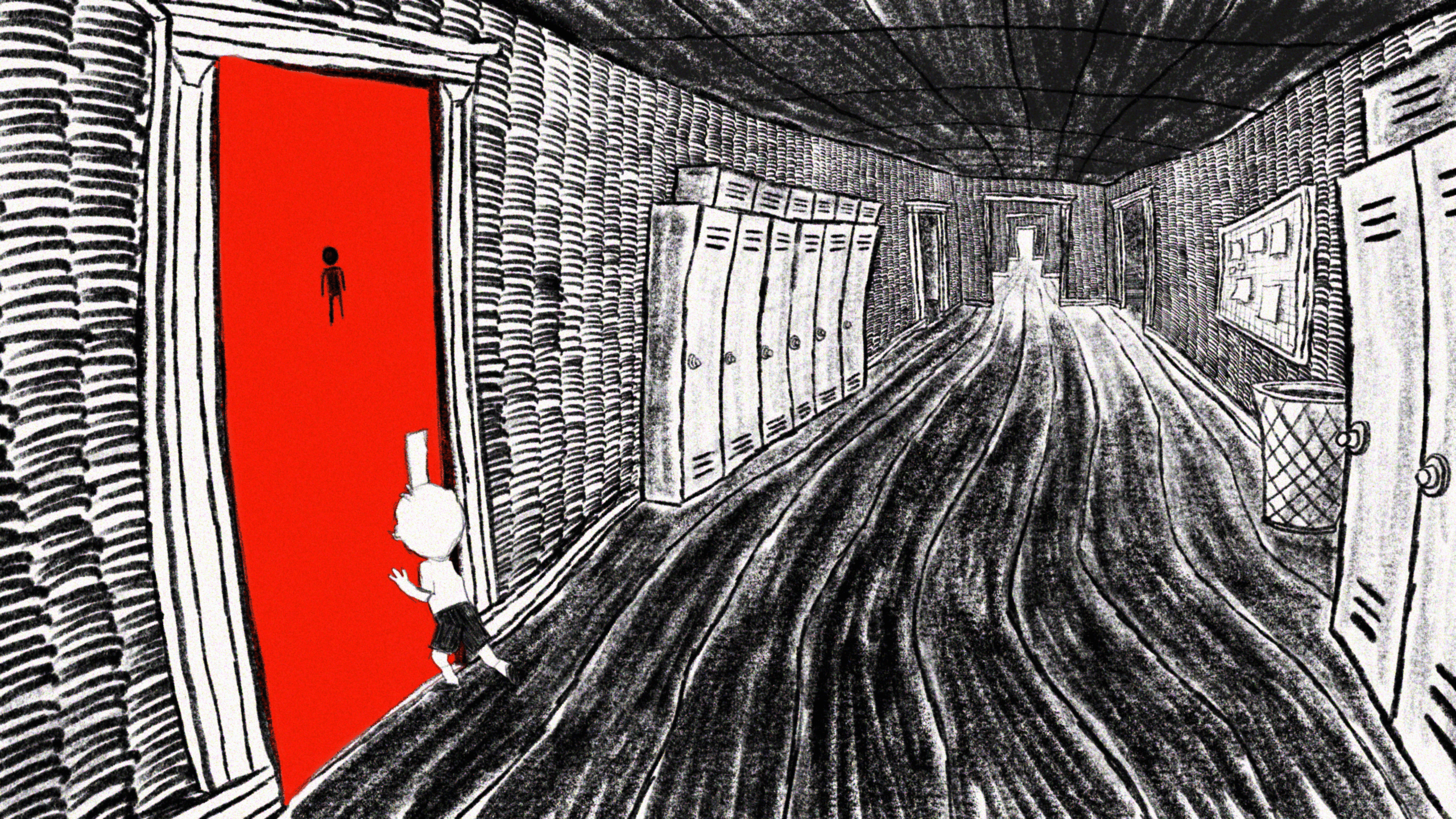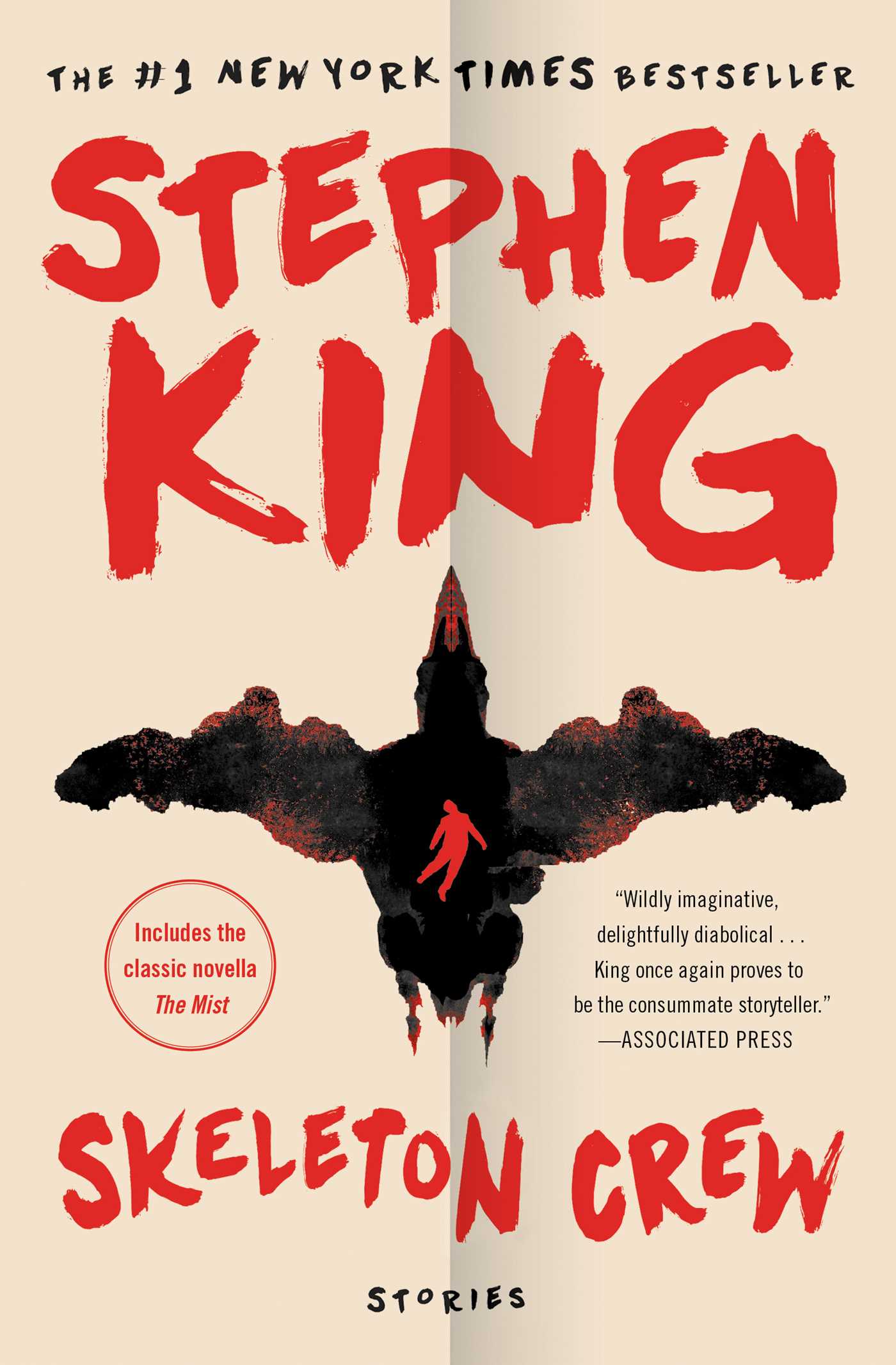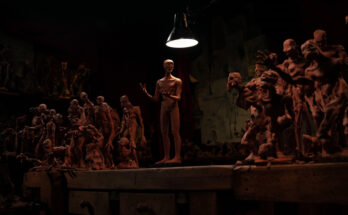Want to hear more from the actors and creators of your favorite shows and films? Subscribe to The Cinema Spot on YouTube for all of our upcoming interviews!
Managing editor & film and television critic with a Bachelor's of Arts in English Literature with a Writing Minor from the University of Guam. Currently in graduate school completing a Master's in English Literature.
The second short film that I had the pleasure of seeing ahead of its Tribeca Film Festival premiere—and the fourth that I will be covering—is one intended for younger audiences, which is a change of tone for someone like Stephen King. Lily is a ten-minute narrative centered on a third-grade elementary school child who navigates a rough classroom setting. Compiled in the same short story collection as the source material for Frank Darabont’s The Mist and Osgood Perkins’s The Monkey—titled, The Skeleton Crew—, the short’s basis, “Here There Be Tygers”, outlines a children’s story in merely four to five pages. In comparison to the rest of the catalog of Stephen King-associated adaptations, Lily, then, is more of an innocuous narration. The short film ultimately concentrates on psychological fear juxtaposed with physical embodiments.
Lily is written by Stephen King and is directed by Kate Siegel.
In this review, I will discuss Lily. As this article’s title suggests, no spoilers will be present.
Tribeca’s Lily Synopsis
According to the Tribeca website, here is the official synopsis for Kate Siegel and Stephen King’s animated horror short film, Lily.
“Lily” is an animated short film based on Stephen King’s short story, “Here There Be Tygers”. The short is about a young third-grader who after being embarrassed by a vicious teacher, discovers a tiger in his school bathroom. Directed by Kate Siegel and designed/animated by Pete Scalzitti. The short is a part of the Dark Corners Films series, which features animated horror shorts for children and was created by Siegel and Krsy Fox.
Tribeca
Discussion
Stephen King adapting his own writing via screenplay isn’t as much of a rarity as I thought. However, it isn’t a widely known fact, or at least, it isn’t brought up in discourse when it comes to the legendary horror novelist. It might be why it sounded challenging to hear that King was reportedly adapting his magnum opus, i.e., The Dark Tower novel series. With Lily, there is something cute about temporarily deviating from his usual mature material to material that pre-teens could indulge in. To put it into perspective, it’s like the reverse of R.L. Stine adaptations, which have gone from Goosebumps to something bloodier, that is, the Fear Street films.
Again, Lily is as harmless as confronting one’s greatest fears and coming out of it without even a single scratch. Siegel and King’s collaboration is a fun exercise with their minor alterations in page-to-screen adapting, such as the name changes, the language—e.g., the short story spelling out “B-I-T-C-H” versus the short film spelling out “W-I-T-C-H”—, and the overall mood as Lily impresses as a children’s storytime narration. Similar to King’s role in the short film, this could also be Siegel (and by extension, her husband, Mike Flanagan) having done mature-rated film and television for so long that they needed something that appeals more to kids. Siegel’s direction is felt, especially with the protagonist Robert needing to pee badly, to the extent that he resorts to urinating outside the elementary school building.
Technicalities and Themes
I appreciate animators Pete Scalzitti and Sutien Wong’s artwork in the Tribeca short. This includes the rare coloring between Miss Sidley’s dark green dress and the blood-red boy’s restroom environment. They also help the audience visualize the classroom atmosphere, the characters, the school hallway(s), and the tiger itself. Giving the animal a name is interesting, considering that the tiger is unnamed in the source material.
There’s a decent theme in adults urging children to “think, think”, pushing them to grow up when the grown-ups themselves aren’t even good people. Even the thought of corporal punishment is touched upon in Lily, whereas this doesn’t occur in the short story. Siegel and King never change the narrative’s intent but instead redefine meaning in the little things. Giving the tiger a name and gender brings Constant Readers back to Stephen King’s It, wherein schoolchildren assign Pennywise the Dancing Clown he/him/his pronouns, at times calling the otherworldly entity “it”, but discovering that Pennywise is a spider-like creature who mothers a myriad eggs of baby monsters.

The Crew Behind Lily
Dark Corners is created by Siegel and Krsy Fox (Terrifier 3, Little Bites). The series is executive produced by Mali Elfman and is edited by Matt Glass.
The Newton Brothers serve as the music composers of the Tribeca short.
Glass also serves as the sound mixer.
Pete Scalzitti serves as the animator. Additional animation is done by Sutien Wong.
Scalzitti also serves as the character designer, background designer, and compositor.
Final Thoughts on Kate Siegel and Stephen King’s Tribeca Short, Lily
If anything, Lily reinforces the thesis statement that Stephen King had posed many years ago. That is, monsters do not take the form of deformed creatures but instead occupy human bodies. This is often displayed in his works, such as high school peers in Carrie, the crazed fans in Misery, local bigotry in It, and the overseas bigotry in Apt Pupil. Obviously, I am too old to fit Lily‘s core demographic. Still, Siegel and King show promise at what storytelling for the newer generation can look like.
4/5 stars
Kate Siegel and Stephen King’s Lily is now playing at the Tribeca Film Festival!
For more animation and horror-related news and reviews, follow The Cinema Spot on Facebook, Twitter, Instagram, and Bluesky! Also, follow us on Letterboxd for further feature film, short film, and limited series reviews!
Also, if you are looking to read the source material, then look no further. Purchase a physical copy of Stephen King’s The Skeleton Crew, featuring x, via our Amazon Affiliates link today!

Managing editor & film and television critic with a Bachelor's of Arts in English Literature with a Writing Minor from the University of Guam. Currently in graduate school completing a Master's in English Literature.




